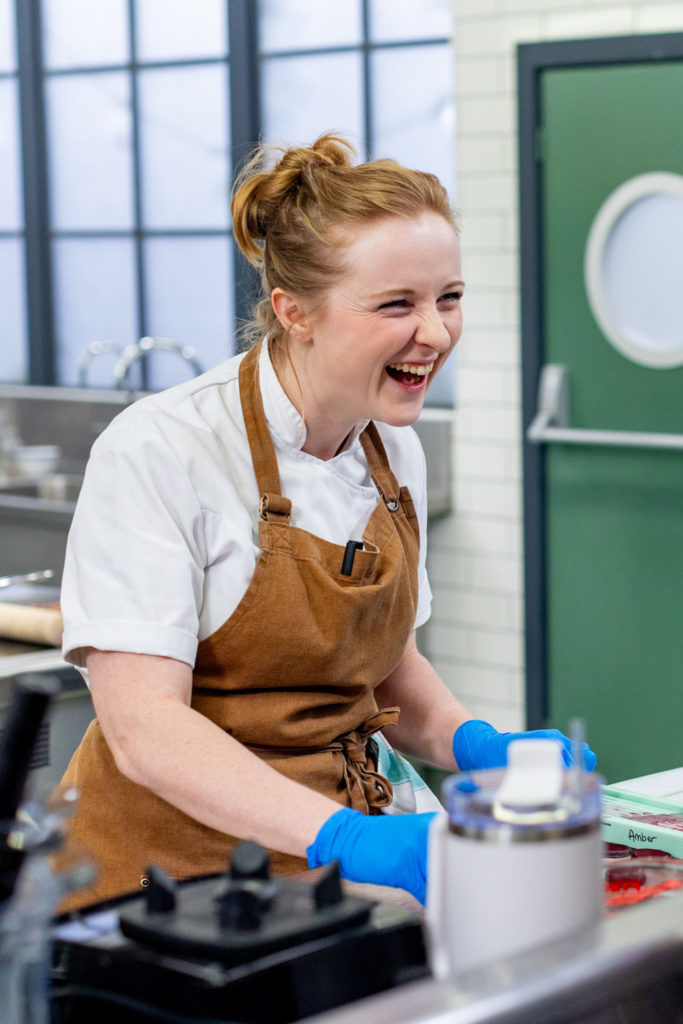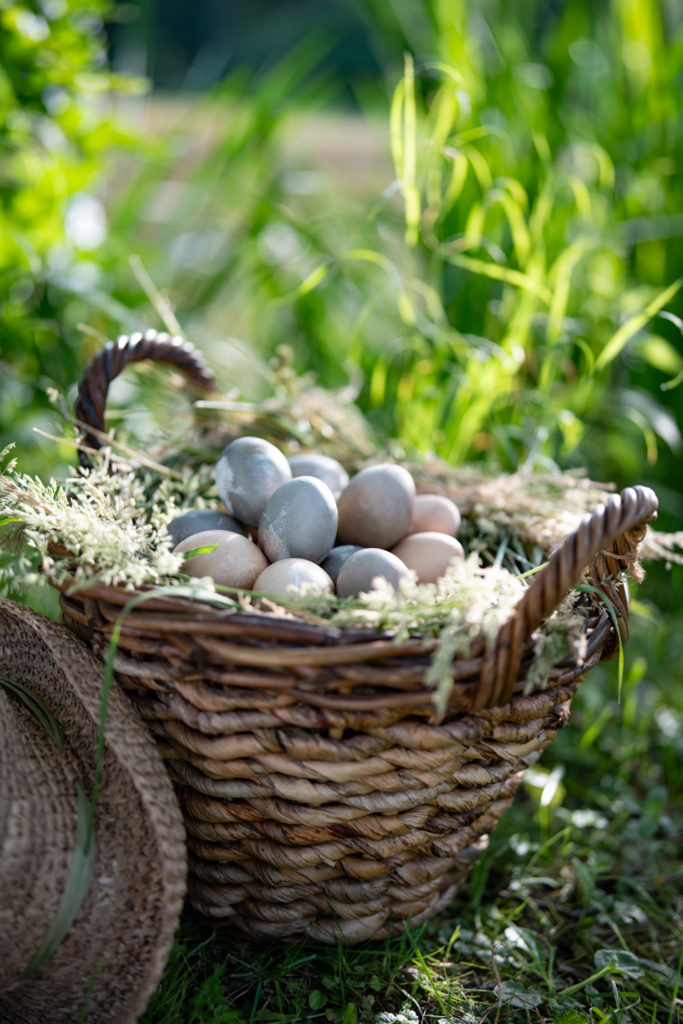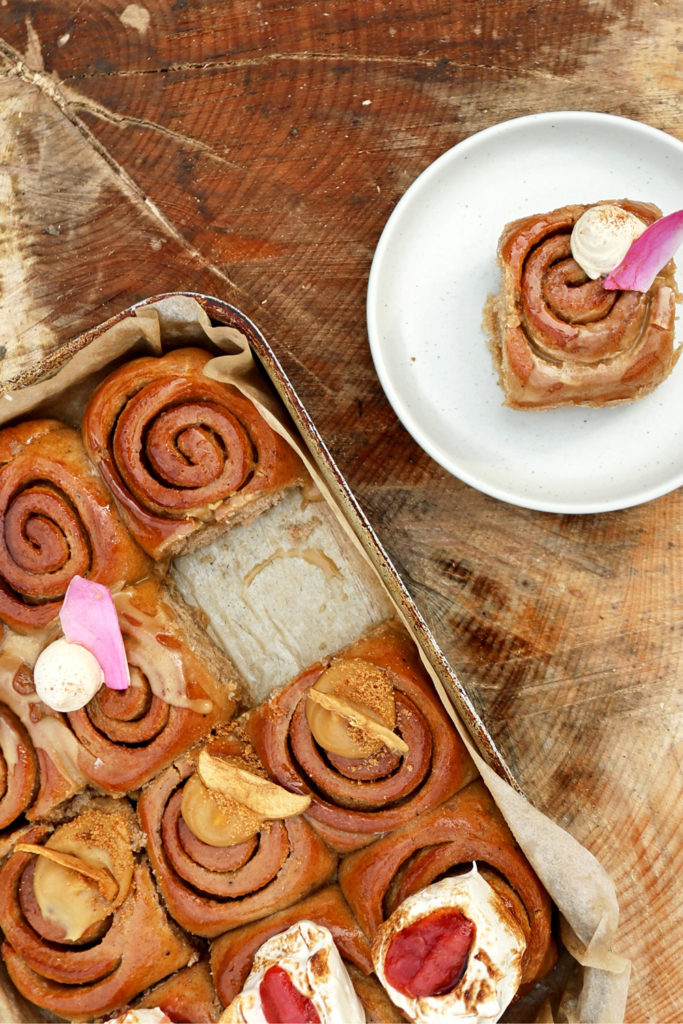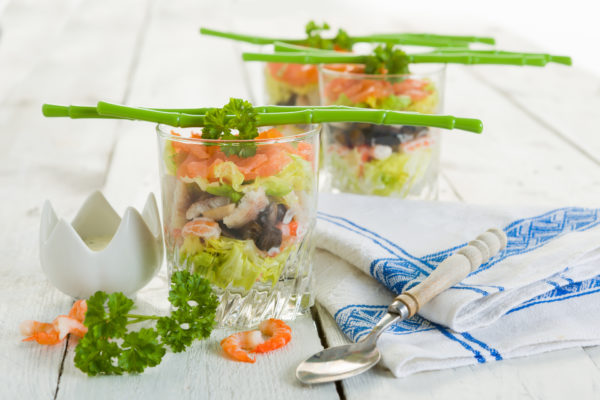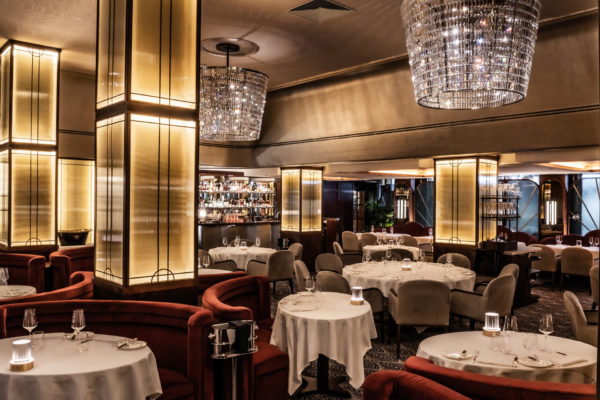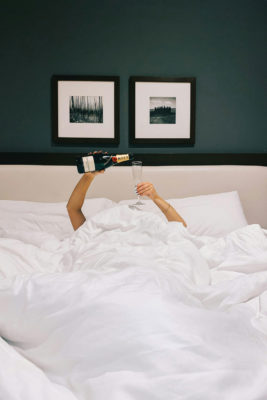Why Are Low And No-Alcohol Drinks So Expensive?
By
1 year ago
From premium ingredients to solid marketing, creating good non-alcoholic tipples is pricey business
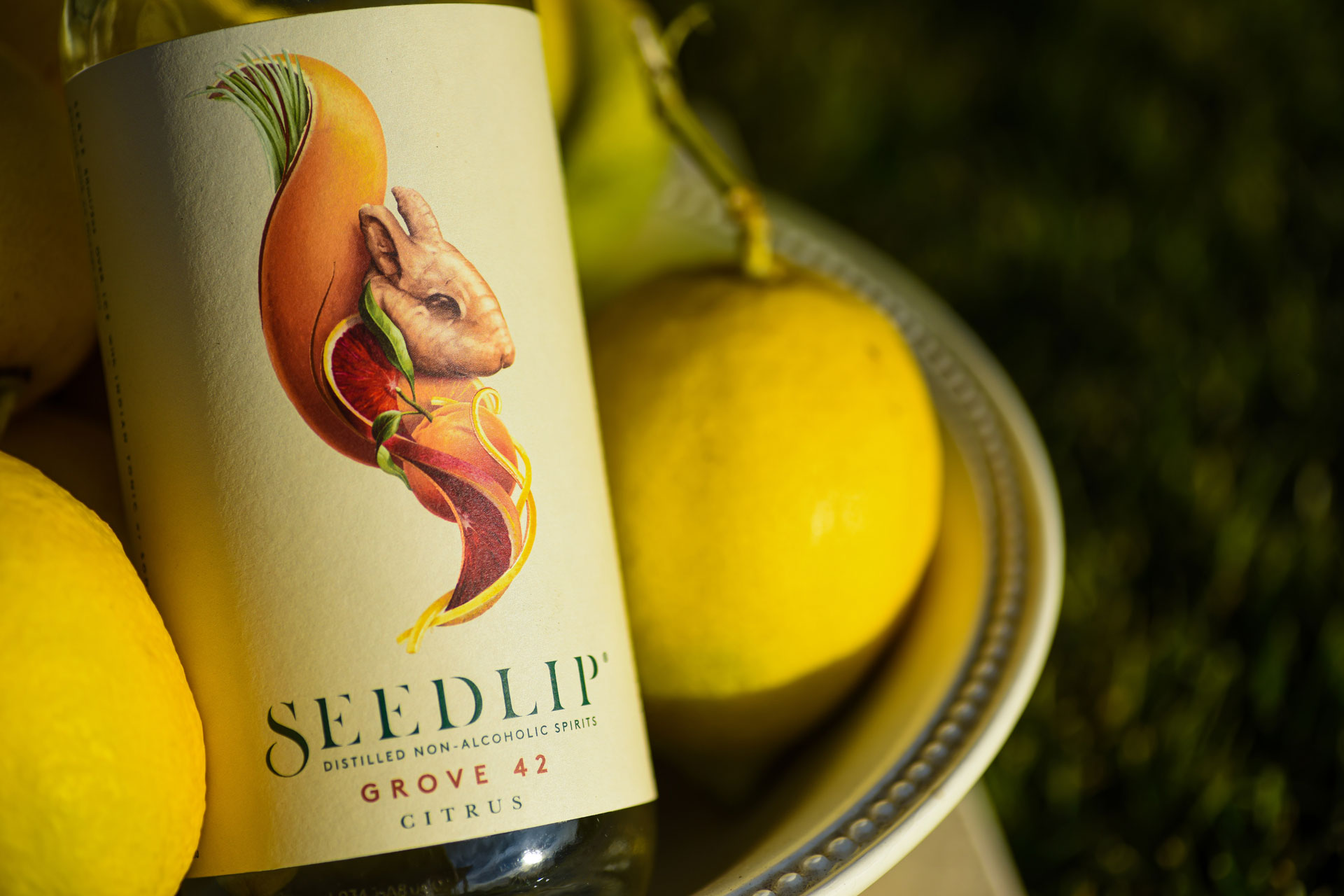
‘At least I’ll be saving money’. It’s a classic quote from a Dry January partaker convincing themselves of the benefits of staying off the booze for a month – and for those who stick to water and tea, this is undoubtedly true. But anyone who has smugly ordered a mocktail at the pub this January, only to discover it’s the same price as the alcoholic version, will know all too well that non-alcoholic drinks don’t always come cheap.
A bottle of Seedlip, one of the original alcohol-free spirits, costs £22, while a bottle of Pentire will set you back £27.80. In comparison, a regular bottle of gin, such as Gordon’s, is currently £15 in Waitrose, and the non-alcoholic version is just £3 less, at £12. Non-alcoholic beers are usually a similar price to their alcoholic counterparts: a pack of four alcohol-free San Miguel beers is currently £4.25 at Waitrose, while the alcoholic version is just 50p more.
It’s a similar story with non-alcoholic wine. A bottle of Wednesday’s Domaine red costs £12.99, and alcohol-free sparkling wine brand French Bloom (albeit a more high-end product) charges £29 a pop. Meanwhile, you can easily get a good bottle of alcoholic wine for under a tenner.
It’s understandable that people are questioning why non-alcoholic drinks are expensive. Part of the reason alcohol costs a lot is because of the duty costs, which can account for up to 40 percent of a drink’s total price, but non-alcoholic drinks don’t have the same kind of tax. So what’s going on here?
Why Are Non-Alcoholic Drinks So Expensive?
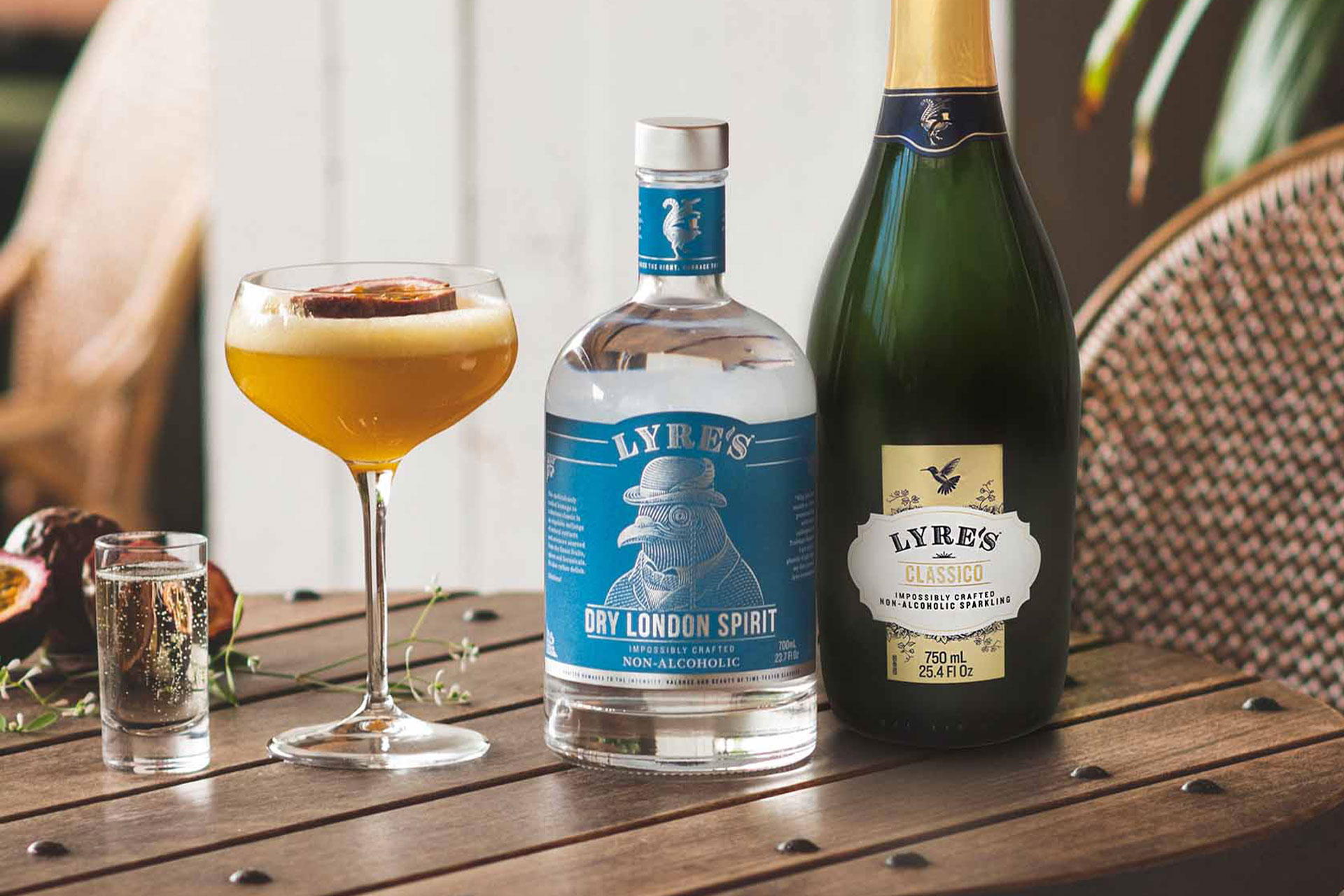
Premium Ingredients
While the predominant flavour of most alcoholic drinks is the alcohol, non-alcoholic drinks must work harder to create a good taste – which often requires expensive ingredients, such as botanicals, herbs and spices.
This is true for non-alcoholic spirit Lyre’s. CEO Paul Gloster, for instance, explains that the product ‘took many years to perfect, drawing from a library of ingredients with 39 different countries of origin and extensive development. Our range has been crafted for sophisticated, adult tastes and required the mastery of a sommelier to develop the flavour architecture. Our price reflects the cost of this significant development work as well as the cost to procure and manufacture the beverages.’
Complex Production Processes
Another factor is the production process and equipment needed. While the brewing and distilling processes used in alcohol have been developed over hundreds of years, the non-alcoholic sphere is still young, and brands must discover and build the infrastructure needed. Seedlip’s CEO Ben Branson defended his prices in an interview with The Grocer, explaining that it takes six weeks to make a bottle of Seedlip – and all ingredients are distilled separately. ‘I can tell you that it costs more to make a bottle of Seedlip or Aecorn than most alcoholic products on the market,’ he said.
This is echoed by Gloster, who says: ‘Lyre’s is incredibly challenging to craft – from our expert deconstruction of the elements that make the time honoured classic flavours, to the meticulous sourcing of every all-natural, unique essence, extract and distillate from around the globe.’
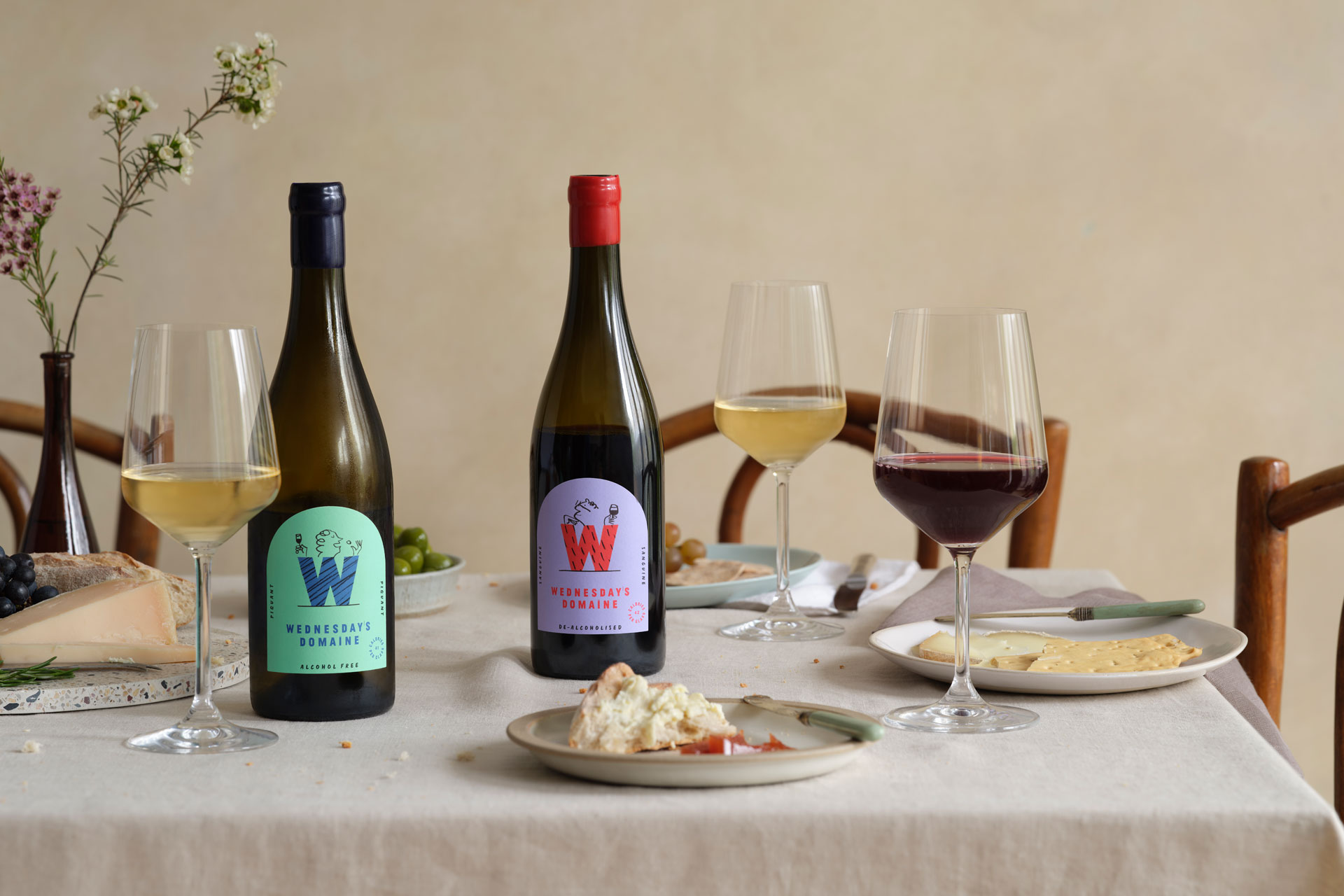
When it comes to wine, drinks must go through a de-alcoholisation process. As Luke Hemlsey, founder of Wednesday’s Domaine, says: ‘Adding this extra stage adds cost, particularly as these technologies/facilities are sometimes not located near to where the base product (e.g. beer or wine) is produced, creating extra transport and logistics costs.’
Indeed, for Wednesday’s Domaine, the liquids go through a three-stage production process. ‘Our wines begin life as full strength alcoholic wines, they’re then de-alcoholised using spinning cone technology, before being brought into the UK, at which point we blend the wines with natural flavours and ingredients. This last stage of the process is critical to achieving the flavours, textures and aromas that people expect from a wine, alcoholic or not.’
The production process is comparatively lengthy, too, for beer. Lucky Saint’s beers, for instance, are slowly brewed for six weeks, while some alcoholic beer can be brewed in just a few hours.
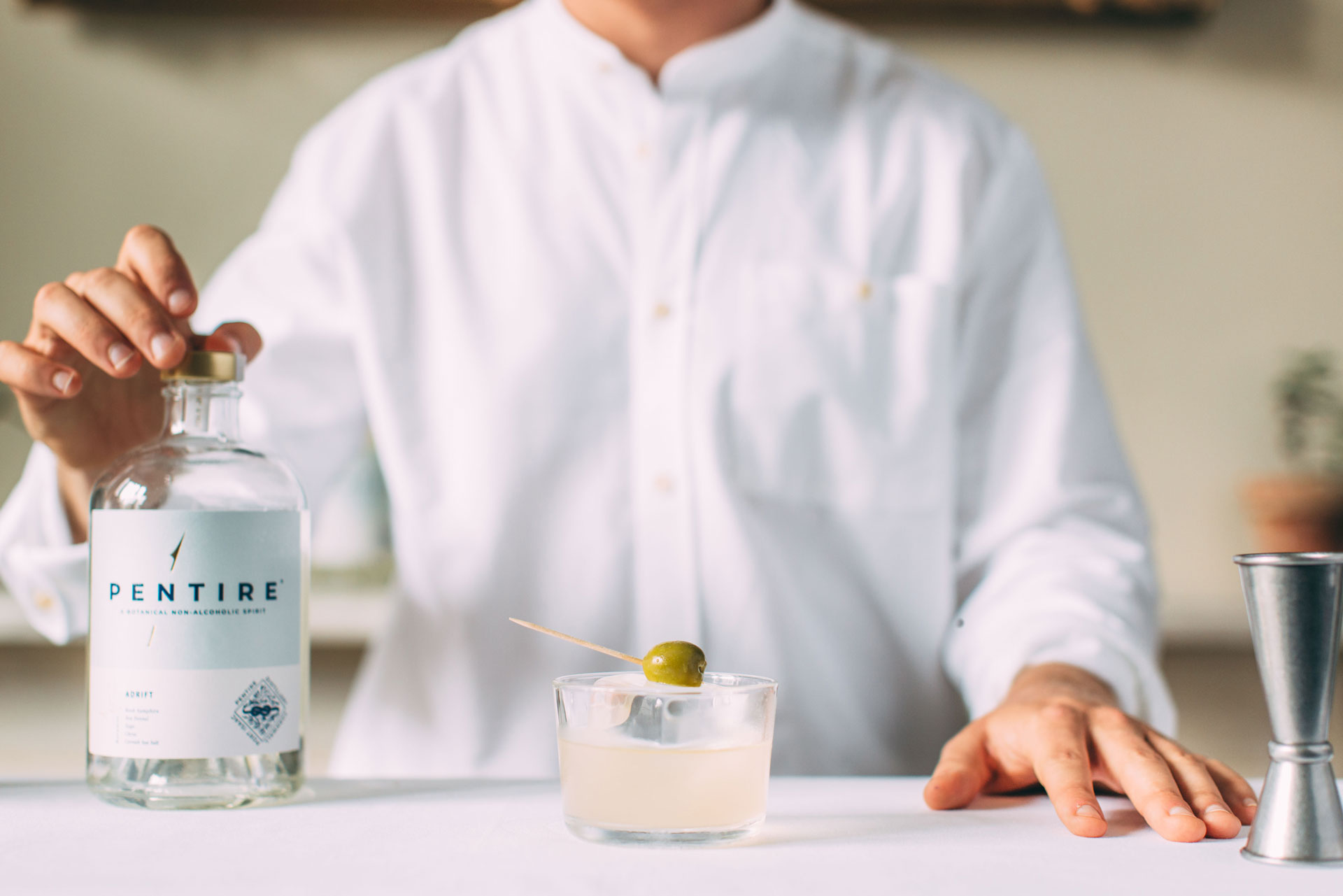
Pentire Martini No.6
Marketing
Non-alcoholic brands argue they’re not simply replicating alcohol, but creating a new genre of drink, and this requires a fair amount of marketing. Although the non-alcoholic drinks world has soared in recent years, it’s still a relatively young market, and companies are working hard to stand out and change attitudes surrounding drinking.
For lots of brands, it’s about creating attractive products that will appeal to people: jazzy bottles, sleek packaging and so on. Others, meanwhile, are focusing on developing brand awareness, educating drinkers on the benefits of their drinks – and showing bartenders what to do with them.
And, ultimately, most non-alcoholic drinks companies are still in their infancy. As Hemsley notes: ‘Many of the non-alcoholic drinks you see in the market are produced by small, early stage businesses. These businesses don’t yet enjoy the economies of scale enjoyed by larger players, with this cost being passed onto the consumer in some respects to ensure those businesses have a sustainable margin that ensures their long term viability.’

